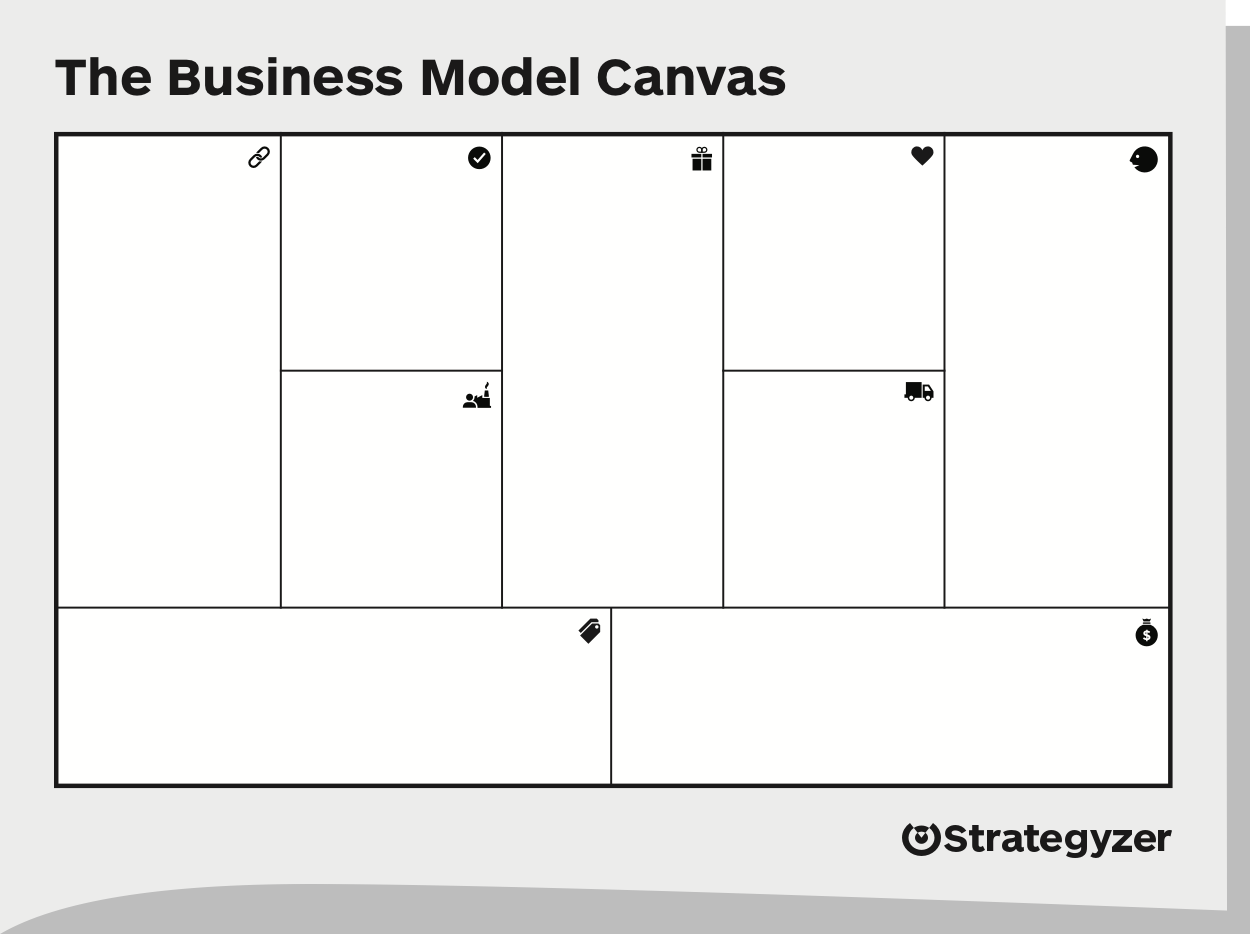
Business model innovation is the elusive goal that every company desires but only some achieve can be more attainable with startups.
The reason that there is no one methodology or process which guarantees success in every attempt at business model innovation, is right there in the term itself. Every company has a slightly different business model, so innovating it will be different from their industrial neighbors as well. Business models work hand in hand with vision, culture, and circumstances. Innovation efforts should also mimic these relations.
What is a business model + innovation?
A business model describes how an organization creates, delivers, and captures value. Innovation is implementing new systems, products, and services that will enable future and current economic, environmental or social value add.

https://www.strategyzer.com/canvas/business-model-canvas
Bring the two and two together and we have a rather long description for business model innovation.
Business model innovation is implementing new systems, products and services which enable companies to create, deliver and capture new or improved economic, environmental or social value.
Not ideas, not problems, look for opportunities
The starting point for most business model innovation initiatives is ideation. The common misconception is that ideas are the results of crazy, outside-the-box thinking. On the contrary, ideas are the results of a systematic assessment of needs and trends, and capabilities. In facilitated ideation workshops we use different tactics to unearth and enrich ideas respectively. In the end, we try to combine multiple ideas into coherent directions.
To unearth ideas, we typically look at what we know, such as unmet customer needs, our business models' strengths and weaknesses, our core capabilities, the problems or inefficiencies we face, regulatory or economic bottlenecks, strategic priorities, etc.
To enrich ideas, we typically look at other successful businesses and cherry-pick success factors, survey trends and technological advancements, try to envision future scenarios, etc.
The best ideas are solutions to current realities which can be transformed into solid opportunities in the future.
Implementation is key
Once the opportunity is identified, next up is making it happen. Here let’s assume this is a proper business model innovation and not a horizon 1 improvement/kaizen type of project. The distinction becomes very important for implementation. In the case of an improvement or incremental innovation, there are not many unknowns. The implementation can be turned into a project, budgeted, assigned, and managed.
However, in the case of a new business model, there are not many knowns. This vulnerability, admitting that the business model is full of assumptions, is what most companies fail to accept. More entrepreneurs too fail to admit that they are clueless, therefore they fail. The next and only step for implementation is to start a build-test-learn cycle and repeat the cycle until the business model works.
Implementation is typically why business model innovation drives fade out in time. The blame sometimes is laid upon the quality of ideas. However, what’s happening most of the time is people have more bias toward ideas that they know how to implement or toward those that they know will not be accepted. Both outcomes are within the comfort zone, whereas not being 100% sure about what to do, is not a comfortable state for the person or the company.
Use startups for business model innovation
Engagement with startups helps. Of course, it’s not a swiss army knife either. A company needs to select for which initiatives (or challenges) to utilize startup engagements. We see engagements work better when companies want to enter totally new markets, launch new products or systems within their business models and utilize underutilized core resources such as distribution or manufacturing, or global logistics.
There are a few frameworks to help companies decide when to seek engagements.
Mapping initiative against the innovation horizons framework helps. Horizons 2 and 3 are typically more suited for startup engagements if there are significant uncertainties or a significant lack of resources required for the business model. Horizon 1 initiatives would also fit the bill if there are resource or expertise insufficiencies.

https://www.boardofinnovation.com/tools/three-horizons-of-innovation/
The buy vs Make framework also helps. The initiative which is closer to the current core value creation processes is typically better executed with internal resources (make), whereas outside of the core, using external resources (buy) becomes more logical.

https://medium.com/@a_hatami/buy-build-or-partner-40a399c9e528
Mapping initiatives against the complexity vs value matrix also helps make decisions. The major projects quadrant is where most of the engagements happen as engagements tend to decrease the complexity by bringing in additional talent, technology, or business models and decrease the risk of value depreciation by mitigating risk among multiple capable parties.

https://productfolio.com/value-vs-complexity/
At the end of the day, action speaks more than words.
Take Pfizer’s partnership with BioNTech to develop and distribute mRNA-based influenza vaccines back in 2018. Pfizer had the distribution, and BioNTech had the capabilities to make.
Take Google's acquisition of Nest in 2014 to assist in entering the smart home market and not repeat the fate of their late (internal/make)hardware initiative the glass.
Take SpaceX, which is one of the most influential companies of recent times, and how they were able to help NASA to restart sending people to space with their $75 million contract in 2011. Also, keep in mind that NASA is no joke. It is a cradle of innovation and invention.
Take all the super apps out there and how they either buy startups or list startups’ products to stay relevant to their millions of customers.
Take Assistbox, a Turkish startup specializing in creating products with WebRTC, transforming aftersales service across industry giants such as Anadolu Sigorta or Arcelik.